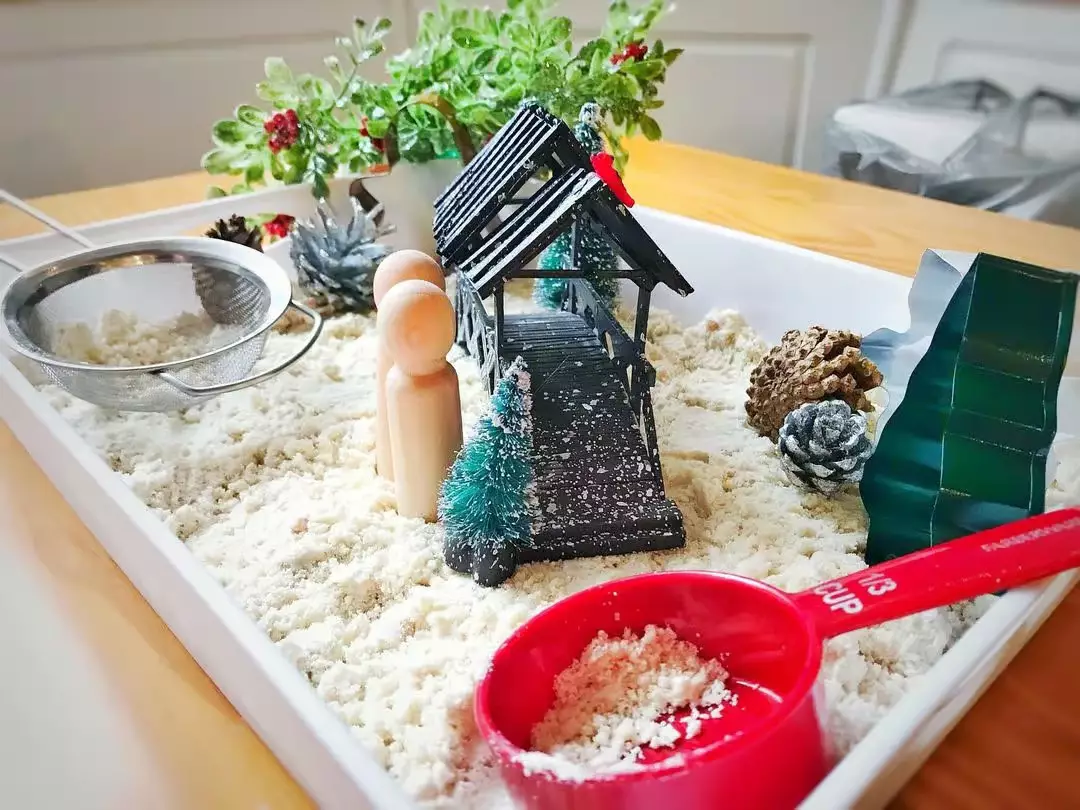The holiday season is a wonderful opportunity for parents to cultivate meaningful interactions with their children, even amidst shifting circumstances that might alter traditional celebrations. This time of year, while brimming with fun, also provides an excellent backdrop for experiential learning, something that is at the core of Montessori education. Maria Montessori emphasized the importance of hands-on experience and tactile learning, which can be effectively integrated into holiday activities at home.
By focusing on engaging and interactive experiences, parents can build an enriched environment that promotes cognitive development. One innovative approach is to transform typical holiday crafts into learning sessions, as children thrive when allowed to manipulate objects and explore independently. For example, creating a simple three-ingredient dough not only introduces a sensory-rich activity but also develops fine motor skills as children knead, roll, and shape the mixture. It is a delightful and aromatic alternative to conventional playdough, bringing holiday scents and textures to the forefront.
Creative Holiday Decorations
Setting up a DIY holiday tree is another ingenious method to encourage both creativity and imagination. By providing children with a miniature tree and an assortment of decorations, you allow them to express their vision of the festive season. This activity not only empowers children but also fosters a sense of accomplishment. It is a mess-free, imaginative endeavor that mirrors a parent’s holiday preparations while granting children full creative liberty.
An engaging suggestion is to utilize everyday household items as tools for play. Bows—those colorful, festive adornments—can double as learning instruments. By affixing sticky contact paper to a wall, you can create an interactive space where toddlers can explore their motor skills while arranging bows in various patterns. This type of activity not only supports physical development—such as balance and coordination—but also sparks creativity as children experiment with placing the bows in different arrangements.
Engaging the Senses for Language Development
The holiday season is a sensory delight, offering numerous opportunities for language acquisition and discovery. Filling jars with crushed peppermint, pine, and cinnamon not only fills the air with delightful aromas but also presents a prime opportunity for a language-learning dialogue. As you discuss the contents, children can begin to associate words with sensory experiences, enhancing their vocabulary. In later stages, matching games with the scents can add an extra layer of educational fun, while colorful stickers encourage pride in correctly identifying scents.
Finally, incorporating sound into play can lead to a multi-dimensional learning experience. Consider creating a tactile sound bag filled with various textures and jingling bells. As children experiment with the bag, they’re not only exploring different sounds but also enhancing their sensory awareness. This simple yet effective activity, when paired with adult supervision, can help an infant understand cause and effect, igniting curiosity about the world around them.
As we redefine holiday traditions, it’s crucial to embrace Montessori-inspired activities that nurture our children’s growth in creative and educational ways. With a little imagination and a focus on experiential learning, this holiday season can be more than just festive—it can be transformative.

